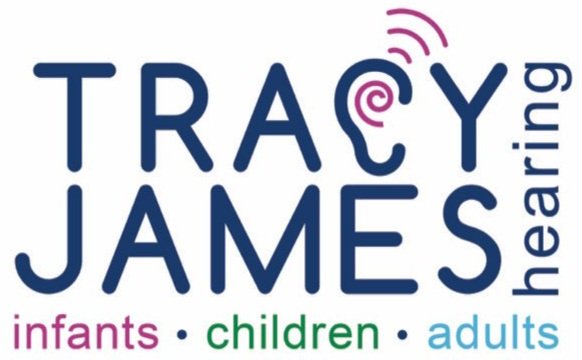Noise Induced Hearing Loss
The human auditory system is a very sensitive combination of mechanical and neurological components, which are subject to pressure, metabolic and environmental changes. Its key role is to convert vibrations of air into electro-chemical signals that are then interpreted in to a meaningful signal in the brain in a very quick process. Or to simplify ‘we hear with our brain rather than our ears’. Therefore, if the auditory system is exposed to extreme levels of sound or other changes for extended periods of time i.e. sounds that are too loud, then the threshold of hearing may change. This is known as noise induced hearing loss (NIHL).
What is Noise Induced Hearing Loss?
NIHL occurs when you are exposed to excessive levels of sound for a given time period. From a physical point of view the tiny hair cells in the cochlear (the organ of hearing) are damaged and stop working and therefore are not able to process the sound along the auditory pathway. This happens because the hair cells are attached to the basilar membrane (a finely tuned frequency sensor in the cochlear) are vibrated excessively due to the high intensity of incoming sound generated by the outer and middle ear and the hair cells are then ‘worn out’ and stop working because they need time to recover. Depending on the intensity (volume) of sound the hair cells may recover within a few days, but can take longer if someone is exposed for extended periods at higher levels. NIHL is most affected at around 3-6KHz, which is also the frequencies that detect key warning sounds i.e. high frequency sounds due to the position of the hair cells in the cochlear and is classed as a sensorineural hearing loss (SNHL).
What are the sources of NIHL?
Loud music from speakers at concerts/gigs, industrial machinery, building sites and aircraft engines are common sources where NIHL can occur due to people working in these environments. Listening to music through headphones can also cause NIHL as modern headphones are now able to produce sound levels in the region of 100 dB SPL.
When does temporary damage become permanent?
According to the American organisation the National Institute for Occupational Safety and Health (NIOSH) they estimate that sound levels from 85dB (A) and above is where potential damage to hearing will start. For anyone with normal hearing thresholds then exposure at this level for up to an average of 8 hours will only suffer temporary damage, however if you exceed this level, then permanent damage to hearing may occur. Additionally, for every 3 dB increase past 85dB (A) then the time halves e.g. at 88 dB (A) you should only be exposed to that level for an average of 4 hours or less and so on.
In 2005 the UK Health and Safety Executive brought out updated regulations for Control of Noise Exposure at Work (Previously 1989). This new legislation states that you should have up to an overall limit per day/week (i.e. an average) of 87 dB (A) with a peak sound pressure of 140 dB (C). However, at present there is very little (if no) legislation to protect people attending activities in recreational environments e.g. night clubs and concert venues as it is perceived people choose to go to these environments out of choice.
What are the side effects?
Excessive noise exposure largely effects hearing loss in the high frequencies. This is because the hair cells are more sensitive and finely tuned and therefore get damaged more easily. Although hearing thresholds at all frequencies are generally affected by NIHL.
Another possible side effect is tinnitus (a ringing noise in the ears), this is due to the change in hearing levels as there is a difference in what the brain is hearing and what it is expecting to hear, therefore the brain needs to make up the difference and generates a ringing noise. For example, if you have ever been to a concert where the music is very loud and then when you leave the venue you can hear a ringing noise in your head, this is what is known as tinnitus. In ‘clinically normal’ hearing people and people who generally have low levels of noise exposure then this is most likely to be a temporary issue.
When an audiologist tests your hearing, they can often tell if there has been damage due to noise because of a sudden drop in hearing around the 3-6 KHz area on the audiogram.
NIHL V’s Presbycusis.
However, when testing hearing in adults it is sometimes difficult to tell if the damage is due to noise exposure alone as it may be caused by a mixture of presbycusis (age related hearing loss) and/or multiple factors like middle or outer ear problems. Children are less likely to be affected by NIHL due to having have less overall noise exposure in their life but should still aim to stick to the recommended guidelines. Overall any exposure to noise should be done with caution and measures to protect hearing should be advised e.g. wear hearing protection where possible.
Further information is available at:
Action on Hearing Loss:
British Tinnitus Association:

